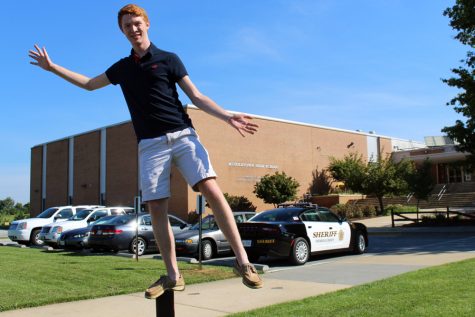
It is no coincidence that the title of Wes Anderson’s latest in a long list of quirky and stylistically unique creations is indistinguishable from the phrase “I love dogs” when read aloud. Anderson succeeds in immersing the viewer in the film through meticulously crafting a stop-motion world in which the canine inhabitants of a fictional Japanese city are exiled to Trash Island by a nefarious mayor. Beautiful, detailed sets combined with a memorable cast and traditional Japanese soundtrack all place “Isle of Dogs” near the top of the list of Anderson’s filmography.
Anderson’s first foray into the world of stop-motion animation, “Fantastic Mr. Fox,” premiered nearly a decade ago. Since then, his style and directorial ability has only improved. From the very opening credits, which feature three traditional taiko drummers as names of cast members in both English and Japanese appear on screen, it is clear that every frame was intentionally and painstakingly put together. The use of alpaca’s hair to decorate each dog, and cotton balls to imitate a dust cloud kicked up from a fight between two packs contributes to a beautiful and comforting consistency in the film’s aesthetic. For a movie largely taking place in a dump, every frame is gorgeous- from a habitat created entirely from sake bottles to the decision to hand-draw and animate any scenes taking place on a television, Anderson’s bold stylistic choices pay off.
Any beautiful movie would not be complete without a convincing cast to back it up. The cast list of “Isle of Dogs” looks more like a hall of fame marquee, featuring such actors and actresses as Bryan Cranston, Bill Murray, Scarlett Johansson, Jeff Goldblum and Tilda Swinton.
The film is presented from the perspective of the dogs, explaining that “all barks have been rendered into English,” whereas all human speech is kept in its original language, largely Japanese. This decision might have alienated some viewers, but by and large is conducive to the audience’s immersion in the setting. This is kept consistent with all text being shown in Japanese, translated nearby into English surrounded by parenthesis.
It goes without saying that Anderson’s incredibly noticeable style of directing was present throughout the film. Symmetrical frames, tracking shots, deadpan humor and carefully constructed color palettes contribute to making “Isle of Dogs” one of the most Wes Anderson-y Wes Anderson movies to date. To a viewer unacquainted with his style, the experience could be alien or confusing, but for most, it comes across as charming and unique.
Alexandre Desplat’s work on the original score contributes to completing the vision of the director. Use of taiko drums, deep, hypnotic saxophones and traditional Japanese rhythms with the addition of tense and foreboding vocal chants keep the audience on the edge of their seat. The constant, ticking rhythm of saxophones and percussion adds to the constant feeling of time running out for the cast of characters, which portrays the race against time to save the day with style.
Leaving the theater, the same stunned and enchanted grin that had appeared on my face since the opening shot lingered for the rest of the night. “Isle of Dogs” is Wes Anderson’s love letter to man’s best friend, perfected in such a way that leaves the viewer begging for more.














